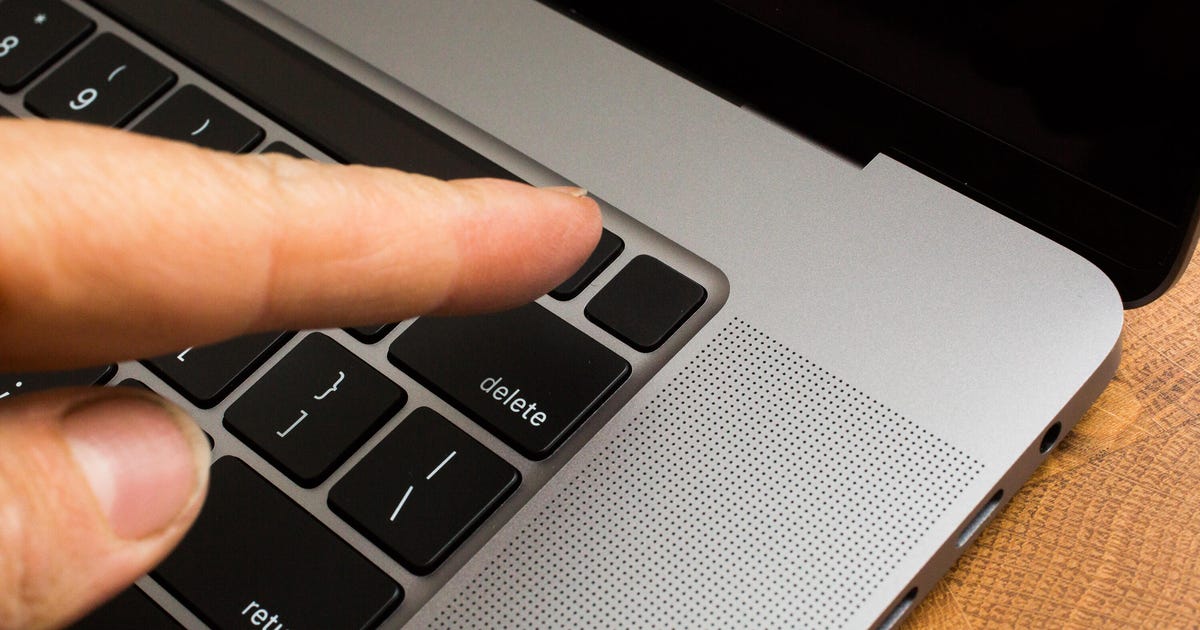Macbook factory reset keyboard option, macbook factory resetting tips certification, macbook factory resetting the earbuds, macbook factory resetting tips and toes, macbook factory restore, macbook factory resetting tips synonym, how to reset macbook factory settings, macbook factory resetting tipsy, macbook factory resetting tips and tricks, macbook factory default, macbook factory reset without password, macbook factory resetting tipsport, macbook factory resetting tips180, macbook factory settings, macbook factory resetting nintendo, macbook factory resetting a dell, macbook factory resetting tips and tricks youtube, macbook factory resetting laptop.

Has your MacBook lost a step just beforehand the holidays? Perhaps you're looking to upgrade to one of the new M2models released spinal this year or want to size up to a 14-inch or 16-inch MacBook Pro to well-known. No matter your reason for moving to a new Mac, you may be able to put a dent in its cost by selling your old one. Before you box up your MacBook, however, there are a few steps to make the transition to your new machine a peaceful and safe one. You'll likely want to migrate your data to your new Mac, and you'll definitely need to wipe your old Mac clean.
Whether you're selling your Mac, handing it down to a tribe member or friend, recycling it or donating it to an expert, you'll want to erase your personal information and files beforehand parting with it.
It's a crucial security measure you don't want to skip. Your Mac's hard control is bursting with sensitive information that you wouldn't want to be accessible, even if you trust your laptop's next owner. There's always a chance that some malware could snake its way in and reveal your personal details.
Here's how to remove all traces of your data and spinal your old Mac to its default factory settings.
1. Sign out of your accounts
After migrating your data to your new Mac or making one last backup to hold your data, it's time to remove all traces of yourself from the machine. First, you'll need to sign out of all of your funds. Years ago, this was done using iTunes, but you now must individually sign out of three apps -- Music, TV and Books. Open up any of those apps and go to Account > Authorizations > Deauthorize This Computer. You'll need to enter your Apple ID and password and then hit the Deauthorize button.
Next, you'll need to turn off Find My Mac and sign out of iCloud. Go to SystemPreferences > Apple ID, click iCloud in the left panel and then uncheck Find My Mac. Next, click Overview from the left panel and then click the Sign Out button.
Lastly, you'll need to sign out of Messages. Open the Messages app, go to Messages > Preferences, click the iMessage tab and then click Sign Out.
2. Bluetooth unpairing
If you're handing down your old Mac to your kid or someone else in your house, then it's a good idea to unpair any Bluetooth devices from it so your mouse or keyboard systems the new Mac and doesn't interfere with the old one. Go to SystemPreferences > Bluetooth, mouse over the device you want to unpair, click the X button to the lustrous of its name, then click Remove.
3. Reset NVRAM
NVRAM is memory to which your Mac saves settings that it possesses before loading MacOS: things like screen resolution, time zone, volume composed and startup-disk selection. Sometimes these files can get corrupted, so give your Mac's next owner a fresh initiate by resetting the NVRAM. To do so, shut down your Mac, then turn it on and currently press and hold four keys together: Option, Command, P, and R. You can release the keys after 20 seconds or so. That's it! Your Mac's NVRAM has been reset.
4. Factory reset
You need to put your MacBook into Recovery Mode in elegant to erase all of your data and reinstall MacOS. To enter Recovery Mode on an old Intel-based Mac, restart it and currently press and hold Command-R. You can release the keys once you see the Apple logo. On an M1-based Mac, booting into Recovery Mode is some different. You simply press and hold the power button pending you see the startup options window, then click Options and Continue to get to the utilities window.)
Next, you'll see the MacOS Utilities window. Choose Disk Utility, click Continue and select your startup disk -- dim you renamed it, odds are it's labeled Macintosh HD or something contrast. Next, click the Erase button at the top of the Disk Utility window and fill out these two fields:
- Name: Choose a name for the novel, new volume. Why not go with the tried-and-true Macintosh HD?
- Format: Choose APFS.
If you are trying to sell an passe Mac that has a mechanical hard drive instead of a solid-state nation, then choose Mac OS Extended (Journaled) for Format.
Next, click the Erase Volume Group and after Disk Utility does its pulling, quit Disk Utility. (If you don't see the Erase Volume Group button in the lower-left corner, then click the Erase button in the lower-right corner instead.)
You necessity return to the MacOS Utilities window. (If not, restart your Mac alongside, holding down Command-R while it reboots.) From the MacOS Utilities window, select Reinstall MacOS and follow the instructions to install the benefitting system. After MacOS has been reinstalled, you'll be greeted by the Setup Assistant, which you can then quit out of and shut down your Mac. It's now ready for a novel start with its next owner.
Here's how to favorable reset an iPhone, how to reset AirPods that are pulling up, and how to reset a Chromebook in understanding a minute. Plus, check out every procedure Apple announced at its latest event.
Source
